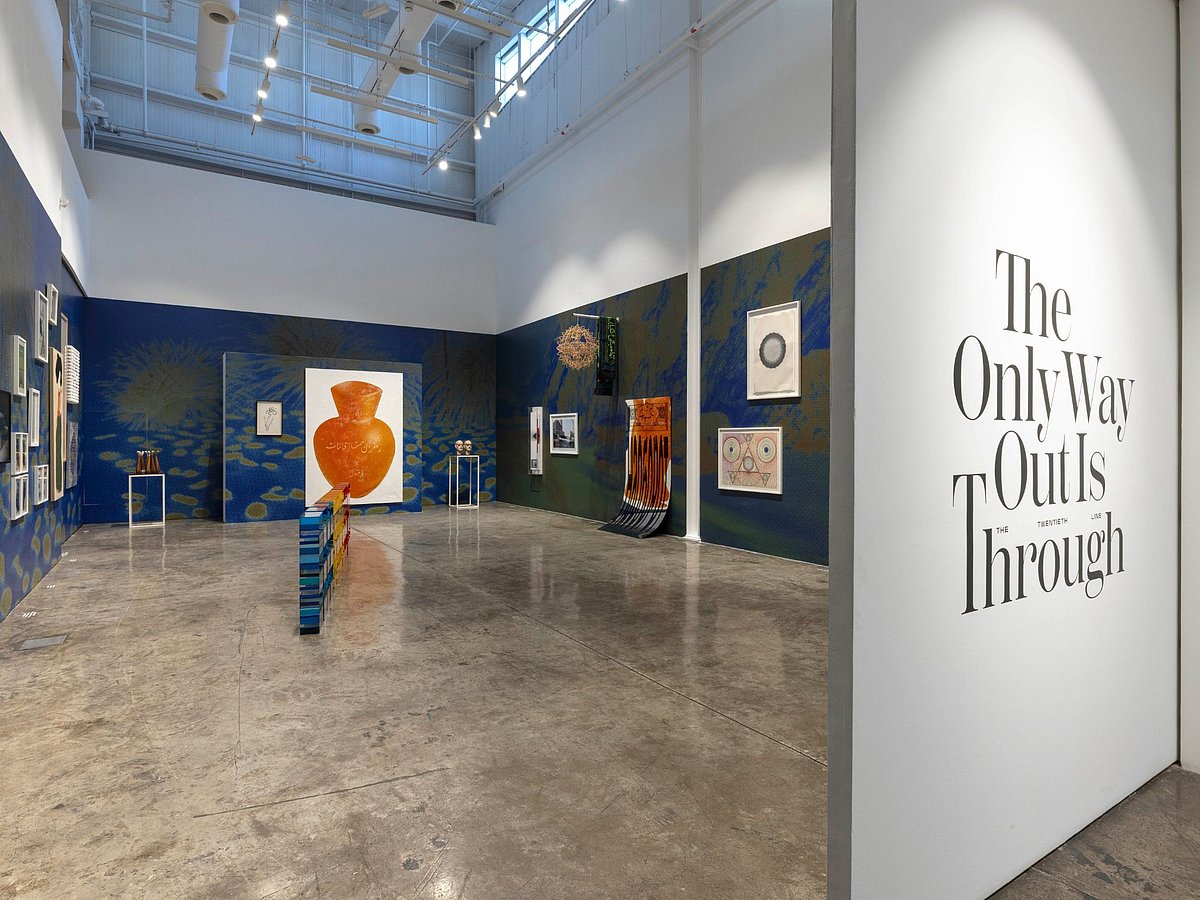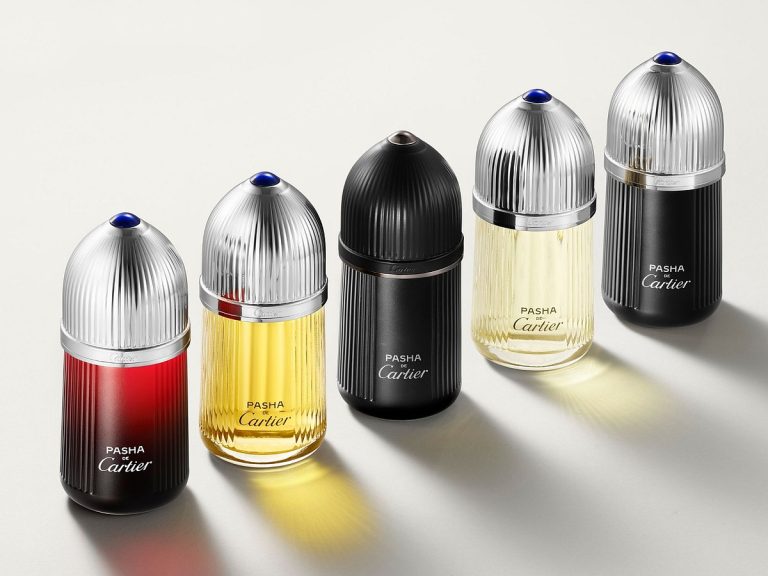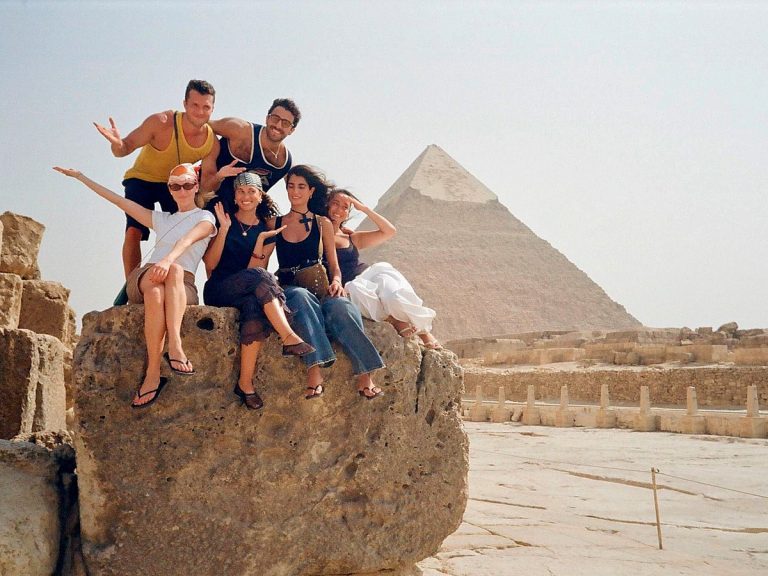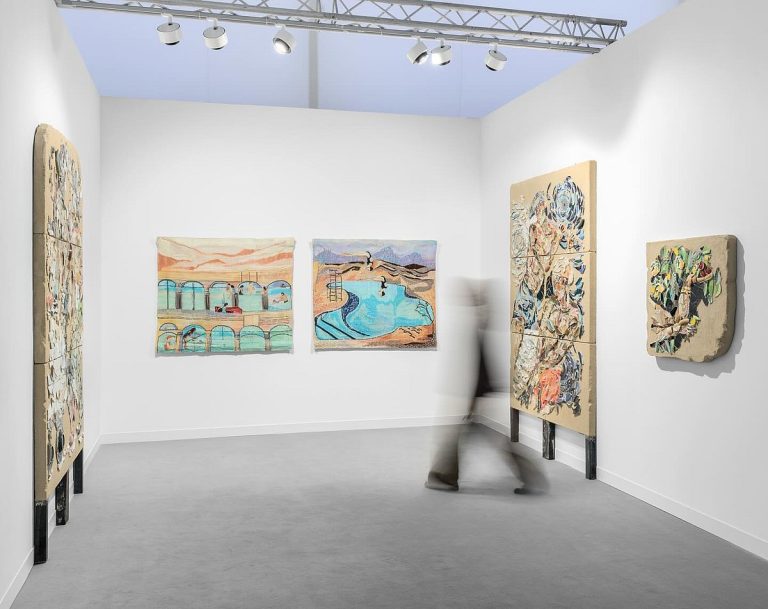The Third Line Celebrates 20 Years of Art and Resilience
The Third Line, a prominent art gallery in Dubai, marks its 20th anniversary with a significant exhibition titled “The Only Way Out Is Through: The Twentieth Line.” Curated by Shumon Basar, this retrospective showcases the gallery’s evolution alongside the dynamic changes in the region and the world over the past two decades. The exhibition has been extended until December 28, 2025, reflecting its relevance and the gallery’s enduring impact.
A Complex Reflection on Two Decades
The exhibition’s title, inspired by a phrase often used during challenging times, encapsulates themes of endurance and introspection. Sunny Rahbar, co-founder and director of The Third Line, emphasizes the importance of acknowledging the complexities of the gallery’s history, which parallels Dubai’s transformation and significant global events. “When Shumon and I first began discussing the exhibition, we wanted to resist the idea of an anniversary as purely celebratory,” Rahbar explains.
The exhibition is divided into four chronological sections: 2005–2009, 2010–2015, 2016–2020, and 2021–2025. This structure allows for a dialogue between artistic evolution and historical context. Featured artists include Fouad Elkoury, Hassan Hajjaj, and Farah Al Qasimi, whose works are displayed alongside a timeline of global events that runs along the gallery floor. This timeline serves as a reminder of the turbulence and uncertainty that have shaped both the art world and society over the last twenty years.
Navigating Through Crisis and Change
Each crisis chronicled in the exhibition—from the 2008 financial crash to the Arab uprisings and the COVID-19 pandemic—has left a lasting impact on the art community. Rahbar reflects on the significance of these events, noting that the 2008 financial crisis was a pivotal moment that forced artists and galleries to rethink sustainability and purpose. “Those experiences reminded us that community and resilience are urgent necessities,” she states.
As the team revisited two decades of archives, they discovered both transformation and continuity in the artists’ practices. “What struck me most was the persistence of certain questions—identity, belonging, the politics of image-making—that run through so many of our artists’ practices,” Rahbar notes. This introspective approach is further enhanced by a statistical analysis conducted with researcher Tara Timberman, revealing insights about the gallery’s diverse roster and the themes prevalent in the artists’ work.
Reviving Old Traditions for New Generations
The exhibition also revives The Third Line’s early “Backroom Sales,” now reimagined as “Flash Sales Specials.” These 48-hour pop-up events aim to engage a new generation of collectors who may not yet see themselves represented in the art market. “Bringing them back now felt right because the art scene of this region has grown so much,” Rahbar explains.
The integration of a timeline within the exhibition physically guides visitors through the intertwined history of art and global events. Rahbar emphasizes that history is a living part of how art is produced and received, illustrating how broader cultural, political, or social contexts influence an artist’s practice.
Conversations Beyond the Gallery Walls
The anniversary program extends beyond the exhibition itself, featuring a series of conversations with key figures in The Third Line’s history. Rahbar recalls a particularly resonant discussion with Claudia and Shumon, moderated by curator Tirdad Zolghadr. This conversation provided a rare opportunity to reflect on the gallery’s beginnings and the challenges faced in establishing a contemporary art scene in Dubai.
Over the years, The Third Line has cultivated one of the most diverse artist rosters in the region, including notable names like Hassan Hajjaj and Monir Shahroudy Farmanfarmaian. Rahbar emphasizes that diversity and fluidity have always been central to the gallery’s identity, allowing for intergenerational and cross-disciplinary conversations through curated group exhibitions.
The Evolution of Dubai’s Art Scene
When Rahbar co-founded The Third Line in 2005, Dubai’s art landscape was still in its infancy. “There was no blueprint for an art gallery when we started,” she recalls. Today, Dubai has emerged as a vibrant hub for artists, fostering connections between different cultures and offering alternative pathways into global art discourse. The establishment of institutions like Alserkal Avenue and Art Dubai has further solidified the city’s position as a center for artistic experimentation and engagement.
Looking Ahead: A Vision for the Future
As The Third Line approaches its next chapter, Rahbar’s vision is guided by adaptability and care. “If there’s one lesson, it’s to stay open,” she advises. The art world is ever-changing, and the gallery’s ability to adapt while maintaining its core values has been crucial to its success. Looking forward, Rahbar aims to continue supporting artists in ways that resonate with contemporary issues and to nurture the next generation of talent emerging from the region.
FAQs
What is the significance of the exhibition’s title?
The title, “The Only Way Out Is Through,” reflects the themes of endurance and introspection, acknowledging the challenges faced by artists and the art community over the past two decades.
How does the exhibition showcase the evolution of The Third Line?
The exhibition is organized into four chronological sections, featuring works from various artists alongside a timeline of significant global events, illustrating the interplay between artistic practices and historical context.
What initiatives are being introduced to engage new collectors?
The Third Line is reviving its “Backroom Sales” as “Flash Sales Specials,” which are 48-hour pop-up events designed to encourage new collectors to engage with art in an accessible manner.
Conclusion
The Third Line’s 20th-anniversary exhibition serves as a powerful reflection on the intersection of art and societal change over the past two decades. As the gallery looks to the future, its commitment to supporting artists and fostering community engagement remains steadfast, ensuring that it continues to play a vital role in the evolving art landscape of Dubai and beyond.
Also Read:
New Automotive Hub to Open in Dubai by 2026







